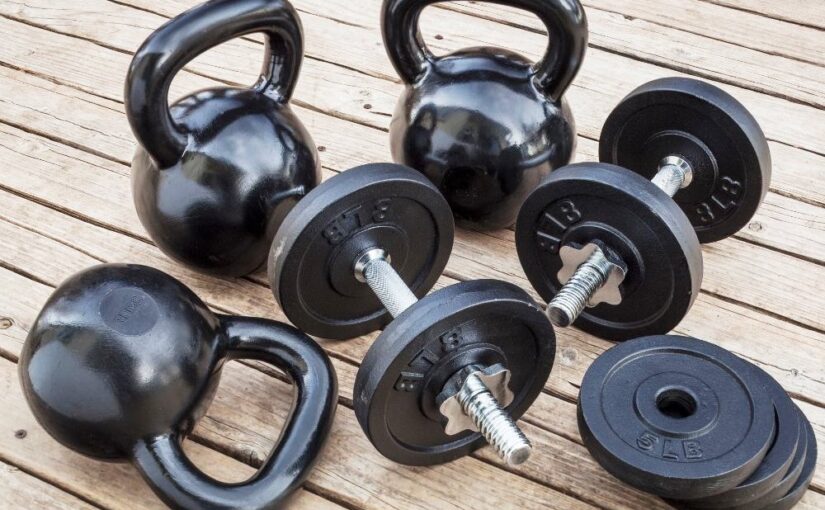When it comes to strength training, kettlebells and dumbbells are two of the most popular tools available. Both have their unique benefits and applications, but which is better? Let’s break down their differences, advantages, and potential drawbacks to help you determine which might be the right fit for your fitness routine.
Design and Functionality
Kettlebells: With their distinct shape—round weights with a handle—kettlebells are designed for dynamic movements that engage multiple muscle groups. Their center of mass is located outside the grip, allowing for unique swinging and rotational exercises.
Dumbbells: Traditional dumbbells consist of a straight bar with weights on either end. They are typically used for isolated movements, making them ideal for targeting specific muscles.
Benefits of Kettlebells
- Dynamic Movements: Kettlebells excel in exercises that require momentum, such as swings and snatches. These movements can improve explosive power and cardiovascular conditioning.
- Full-Body Engagement: Many kettlebell exercises activate multiple muscle groups simultaneously, providing a more comprehensive workout in less time.
- Functional Training: Kettlebell workouts often mimic real-life activities, enhancing functional strength and stability, which can help with everyday tasks and sports performance.
- Core Activation: The unique design of kettlebells promotes core engagement, aiding in stability and posture.
Benefits of Dumbbells
- Versatility: Dumbbells can be used for a wide range of exercises, from isolated lifts to compound movements, making them adaptable for various training goals.
- Stability: The symmetrical design of dumbbells allows for more controlled movements, making them suitable for beginners or those focusing on form.
- Targeted Training: Dumbbells are excellent for isolating specific muscles, such as biceps, triceps, or shoulders, which is beneficial for bodybuilding and rehabilitation.
- Easier Progression: It’s generally easier to incrementally increase weights with dumbbells, allowing for smoother progression in strength training.
Considerations for Choosing Between Kettlebells and Dumbbells
- Training Goals: If your primary goal is to build functional strength and improve overall fitness, kettlebells might be more beneficial. If you’re focusing on muscle isolation or bodybuilding, dumbbells could be the better choice.
- Experience Level: Beginners may find dumbbells easier to master due to their stability. Kettlebells require more coordination and technique, which can be challenging at first.
- Workout Space: Kettlebells often require less space for dynamic movements, making them a good option for home workouts. Dumbbells, while versatile, may require more room for certain exercises.
- Injury History: Those with prior injuries should consider how each tool affects their specific needs. Dumbbells might allow for safer, more controlled movements, while kettlebells can enhance overall stability and strength.
Conclusion
Both kettlebells and dumbbells have their own advantages and can be highly effective for strength training. The choice ultimately depends on your fitness goals, experience level, and personal preferences. Incorporating both tools into your routine can offer a well-rounded approach, leveraging the strengths of each to maximize your workouts. Whether you prefer the dynamic movements of kettlebells or the versatility of dumbbells, the key is to choose what aligns best with your training objectives.

